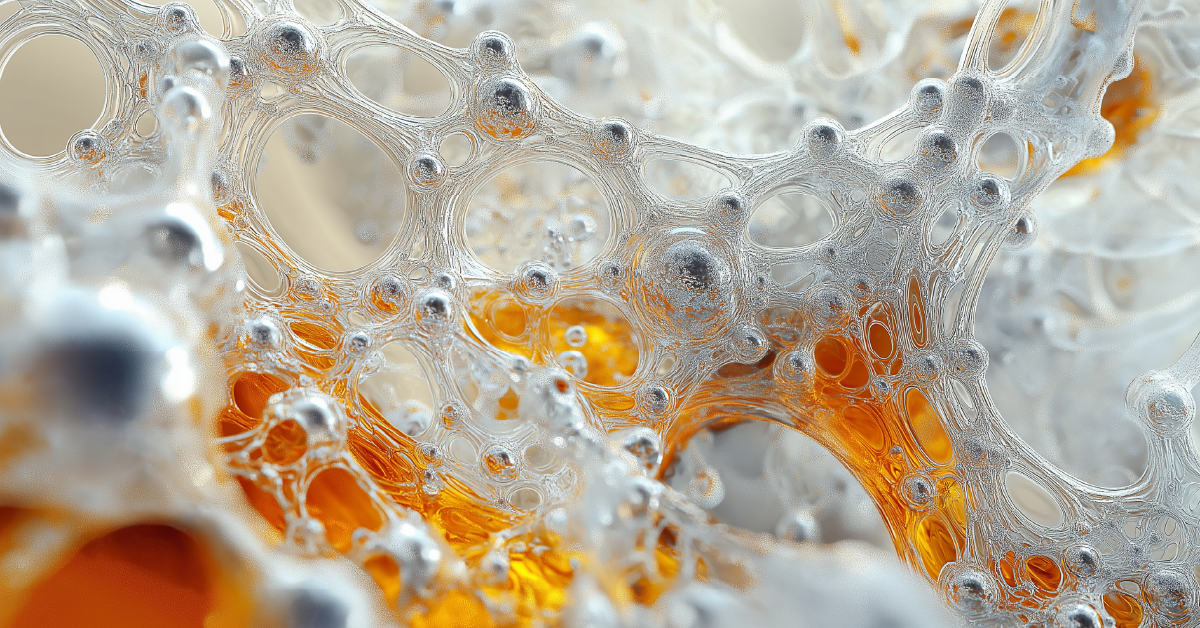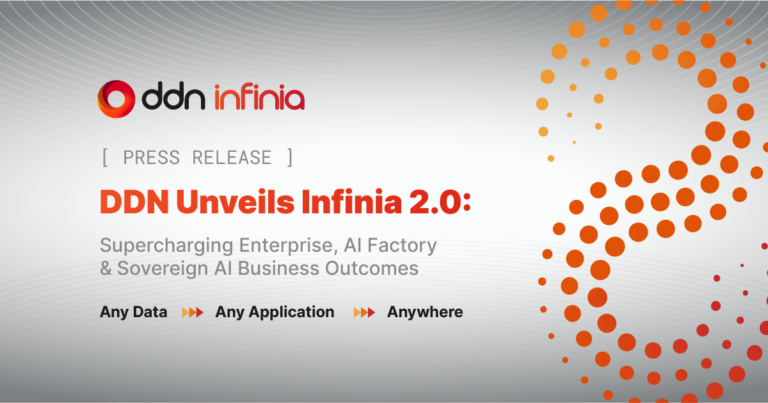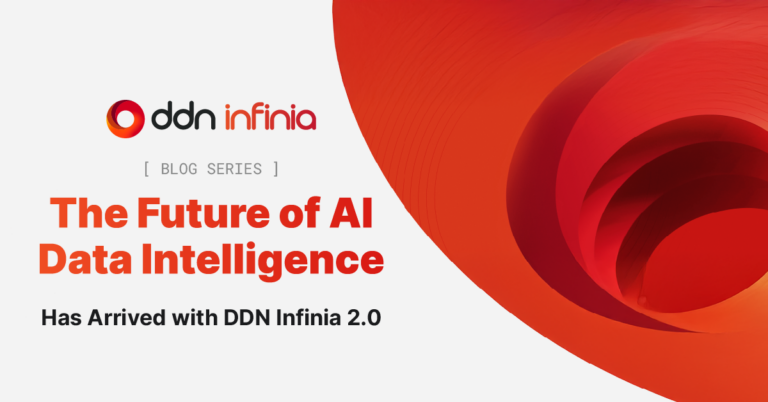Microscopy and bioinformatics are two fields that play pivotal roles in advancing our understanding of Life Sciences. Microscopy, the art and science of visualizing tiny structures, provides a window into the cell’s organization and behavior, facilitating discoveries in biology by capturing images at the molecular level. Bioinformatics, on the other hand, is the application of computational technology to handle the vast data associated with biological information. This synergy is especially crucial in a data-rich era where the acquisition, storage, analysis, and visualization of data becomes so complex and abundant that manual processing is practically impossible.
In both fields, data is the cornerstone: high-quality, reproducible image data from microscopy needs to be effectively managed, processed, and analyzed to extract meaningful insights. Moreover, bioinformatics uses this data to decode the secrets of life processes, often visualizing complex datasets from techniques like 3D genomics through advanced analytics. As such, data not only serves as a repository of information but as a substrate for hypothesis generation and testing, providing the bedrock on which new biological understandings are built.
The Data Intensity of Life Sciences
In the realm of microscopy, the explosion of data intensity is powered by advancements in image capture technology and the proliferation of high-content screening. With the transition from analog to digital microscopes, every minute detail is digitized, resulting in extensive datasets that require advanced computational tools for analysis. Modern microscopes can produce multidimensional datasets that combine various forms of data such as time-lapse, spectral, and spatial information, across numerous samples, leading to an almost inconceivable amount of information. This data can offer quantitative spatial information at subcellular resolutions and across temporal scales, which necessitates robust data management systems capable of handling and processing this information efficiently.
Likewise, bioinformatics interfaces with vast amounts of data generated through genomic, proteomic, and metabolomic studies. The data intensity here stems from the sheer volume of genetic information, the complexity of proteomic networks, and the breadth of metabolic interactions. High-throughput technologies like next-generation sequencing (NGS) generate enormous datasets that require sophisticated computational strategies for storage, processing, and analysis.
Catering to an Insatiable Data Appetite
So, with a nearly inconceivable amount of complex data being generated in both fields, how do we create an infrastructure that supports researchers’ ability to transcribe and analyze that data? The answer lies in the enablement of high throughput, low latency parallel processing. For those unfamiliar, parallel processing is a computing technique in which multiple processors or cores work together to execute a set of tasks or computations simultaneously, instead of having a single processor handle all the tasks sequentially.
What this translates to in the context of microscopy and bioinformatics is a dramatic reduction in the time it takes to generate complex images and genomic data. To paint a picture, in the field of microscopy, one cubic millimeter of tissue image data at a spatial resolution of four nanometers in the X and Y would take as long as six years to generate using a standard electron microscope. However, organizations like Zeiss group, a key player in advanced microscopic imaging, can cut this time down to between three and four months with technologies like parallel multibeam imaging that rely on parallel processing techniques.
High-Throughput Microscopy with Zeiss MultiSEM
Zeiss’s parallel multibeam imaging system is a textbook example of an infrastructure tailor made to support parallel processing techniques in microscopy. Supporting the multibeam data input are multi-petabyte DDN storage appliances powered by our EXAScaler parallel file system, which is an enhanced version of the open-source Lustre file system.
DDN’s unmatched parallel file system technology is the key ingredient that enables Zeiss’s parallel multibeam imaging to function at its game changing speeds. It does this by distributing data across multiple storage devices, allowing simultaneous access to that data by multiple processing elements. Couple that with speeds of up to 90 GB/s on a single SFA appliance, and the result is a workflow time reduced by over 95%.
Low Latency Cryo-EM at the University of Texas Southwestern
While absorbing the sheer volume of information from high resolution microscopes is challenging enough, taking that data, alongside many other data sources, allows even greater insights. Combine this with AI algorithms and you have the potential to achieve major breakthroughs. At the University of Texas Southwestern, the Lyda Hill Department of Bioinformatics takes advantage of DDN’s parallel file system to dramatically reduce the image processing latency of their cryo-electron microscope, enabled by their talented BioHPC team.
From AI-powered medical software to running R studio to customized on-demand jobs, their services fulfill all the research needs without the need for computational expertise on a single easy-to-use Cloud-based platform. Backed by 150 petabytes of DDN storage, they handily support over 1500 users reading and writing the data equivalent of the library of congress day in and day out, a task simply not meant for traditional NFS storage which is why they turned to a Lustre-based data solution.
Meeting the Data Management Demands of Life Sciences with DDN
The synergy between microscopy and bioinformatics underscores the escalating demand for efficient data management and processing in Life Sciences. Parallel processing, supporting technologies like Zeiss’s multibeam imaging technology and cryo-electron microscopes at the University of Texas Southwestern, offers a pragmatic solution to the challenges posed by rising data intensity.
For more information on how Zeiss uses DDN technology for high-throughput microscopy, check out this on-demand presentation from Dr. Anna Lena Eberle, Product Manager at Carl Zeiss MultiSEM GmbH, recorded at the DDN Life Sciences Field Day.
Discover more about how University of Texas Southwestern uses DDN to support their researchers, including a video interview with Professor Gaudenz Danuser, and learn how UTSW orchestrates fast storage, fast compute and fast networking to provide researchers with an accessible infrastructure in our customer success story.



